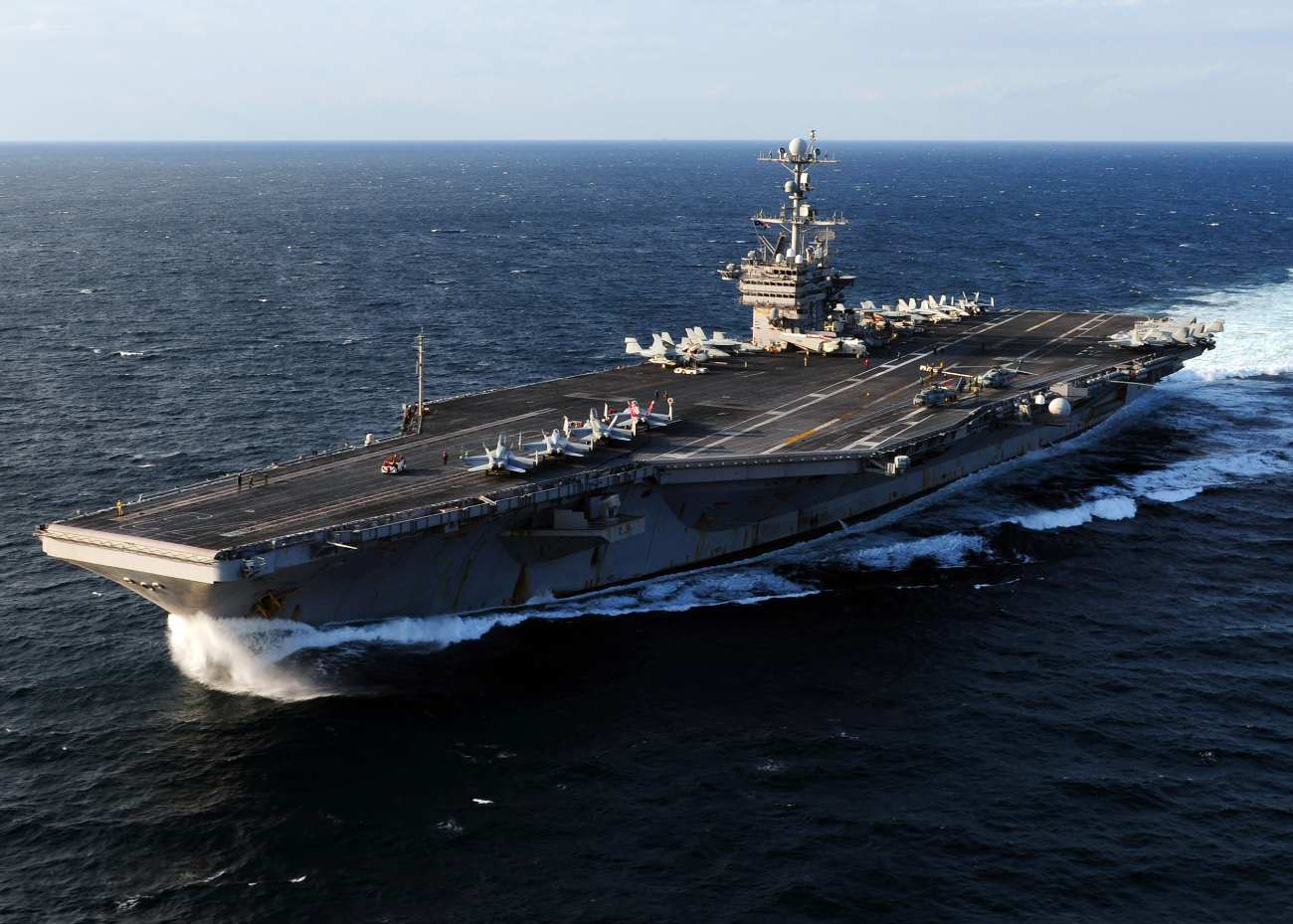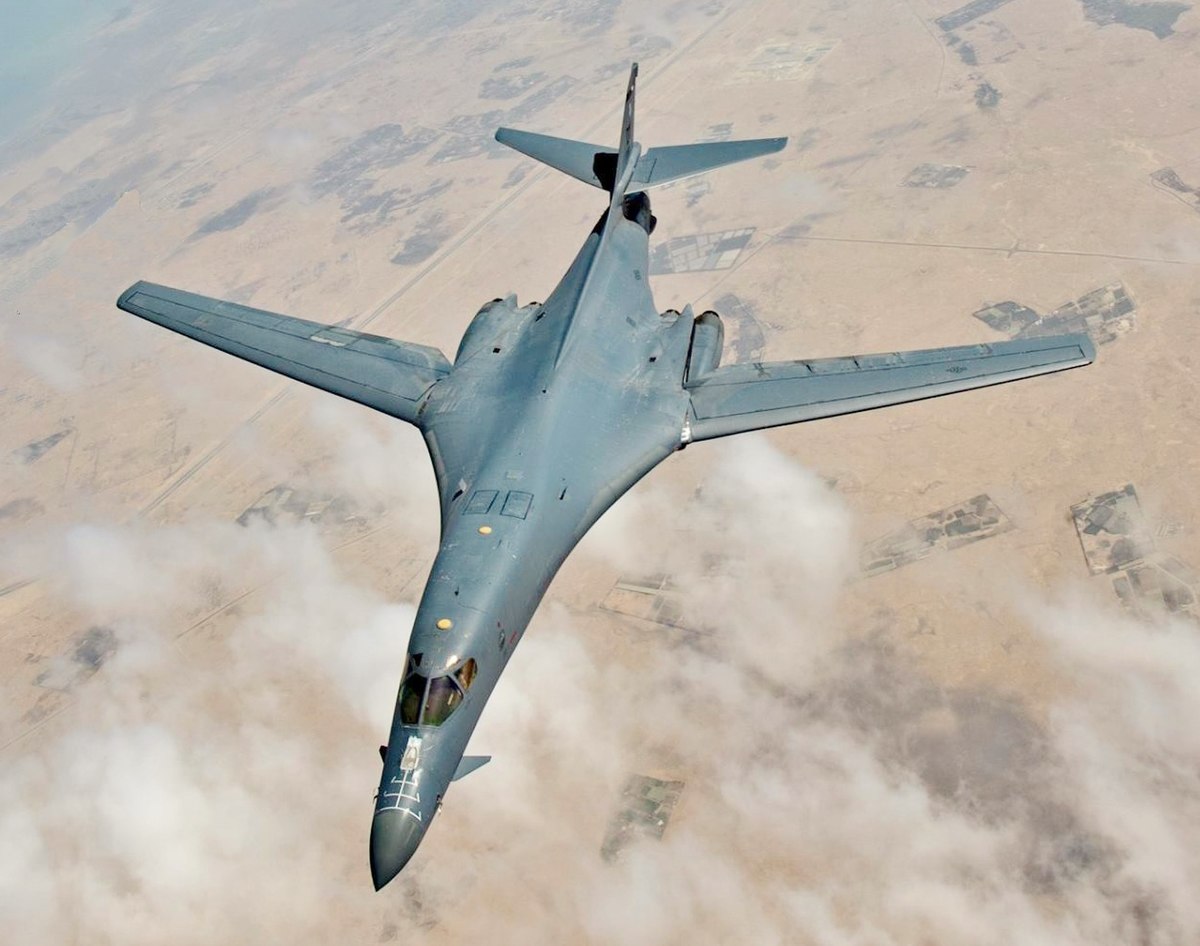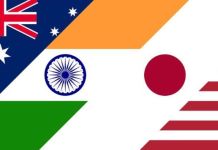On October 1, the USS George Washington (CVN-73), a Nimitz-class aircraft carrier of the United States Navy, reportedly departed from Naval Air Station North Island in San Diego, California, on its way to its new homeport at Yokosuka Naval Base in Japan.
The discovery around the carrier’s departure was fueled by an October 2 post from an X user who monitors webcams and social media for updates on military vessels.
The user shared an image suggesting the massive vessel was leaving San Diego, poised for its new assignment in Japan, although official confirmation from the US Navy remained pending.
If true, this deployment marks a strategic move by the US Navy amid the heightened geopolitical tensions in the Middle East, with concerns mounting over a potential direct conflict between Israel and Iran.
The relocation of the USS George Washington reinforced the United States’ commitment to maintain a strong presence in the Indo-Pacific region.
USS George Washington (CVN 73) Departing San Diego for Japan
The USS George Washington (CVN 73) and her crew, after completing a hull swap with the USS Ronald Reagan (CVN 76), are now departing San Diego to become the new forward-deployed Naval Forces-Japan (FDNF-J) aircraft… pic.twitter.com/VoB4eIeDa5
— San Diego Web Cam (@SanDiegoWebCam) October 2, 2024
The USS George Washington is a nuclear-powered aircraft carrier and the sixth ship in the Nimitz class. It was named after George Washington, the first President of the United States and the commander-in-chief of the Continental Army during the American Revolutionary War.
The carrier served as the forward-deployed vessel in Japan from 2008 to 2015 before being replaced by the USS Ronald Reagan (CVN-76). Starting in 2017, the carrier underwent a Refueling and Complex Overhaul (RCOH) at the Newport News Shipbuilding Yard in Virginia.
The RCOH, which typically takes four years, was delayed due to the COVID-19 pandemic and other challenges, extending the completion to 2023. After a prolonged refit, the carrier finally completed sea trials in May 2023.

EAST CHINA SEA (Dec. 06, 2010) Sailors assigned to the Eagles of Strike Fighter Squadron (VFA) 115 move an F/A-18E Super Hornet on the flight deck aboard the aircraft carrier USS George Washington (CVN 73). George Washington is participating in Keen Sword 2010 with the Japanese Maritime Self-Defense Force through Dec. 10. (U.S. Navy photo by Mass Communication Specialist 3rd Class David A. Cox/Released)
In July, the USS George Washington began a hull swap with the USS Ronald Reagan. This exchange sent Ronald Reagan to Bremerton, Washington, while George Washington prepared to return to Japan.
During its recent operations in September, the USS George Washington conducted routine drills and flight operations in the Pacific, demonstrating the US Pacific Fleet’s aerial combat power and reinforcing partnerships with allies in the Indo-Pacific.
While this development signals a strengthening of US military capabilities in the region, the EurAsian Times cannot independently verify the details surrounding the carrier’s departure.
In response to China’s rising military activity in the region, the US Navy stationed the USS Preble in Japan last month. This warship, the only one among the 73 Arleigh Burke-class destroyers equipped with a high-energy laser, can target and neutralize drones and missiles.
The deployment of such crucial assets to Yokosuka reinforces the US military’s strategic posture in the region.
US B-1B Lancers Engage In Tactical Training With Japanese F-15J Eagles
The US is reinforcing its presence in the Indo-Pacific by conducting regular military exercises with regional partners. On October 2, the US Pacific Air Forces announced the latest in these efforts: a joint tactical training exercise featuring US B-1B Lancers and Japanese F-15J Eagles over the Sea of Japan.
The exercise—conducted on October 1, 2024, and involving the Japan Air Self-Defense Force (JASDF) and the US Air Force—aims to enhance the JASDF’s tactical skills and boost the cooperative response capabilities of the Japan-US alliance.
Three F-15J fighter jets from Japan’s 6th Air Wing, stationed in Komatsu, flew alongside two B-1B Lancer bombers from the US Air Force. Japan’s Central Air Defense Force (Iruma) also played a critical role in managing and controlling the airspace during the drills.
These tactical maneuvers were designed to boost combat preparedness and strengthen the collaboration between US and Japanese forces.
According to officials, the exercise highlights both nations’ ongoing commitment to strengthening their defense capabilities in the face of growing regional security challenges in the Indo-Pacific.

Chinese military aggression has escalated in recent years. Last week, a Chinese People’s Liberation Army Navy missile boat used a high-intensity laser to repeatedly harass a Philippine patrol plane, according to a report by the EurAsian Times.
In many countries, the use of such laser weapons, which can impair or damage pilots’ eyesight and put the aircraft at risk, is illegal under international law.
This incident marks yet another example of Chinese aircraft engaging in aggressive behavior towards Philippine planes during routine surveillance over the South China Sea. Such occurrences have noticeably increased in frequency recently, raising alarms about a potential escalation in hostilities.
In August, a Philippine Bureau of Fisheries and Aquatic Resources (BFAR) aircraft faced threats from laser flares fired from a Chinese-controlled island base.
As the BFAR’s Cessna 208B Grand Caravan neared Subi Reef, it observed laser flares being fired from the fishing atoll, which China has converted into a militarized stronghold.
- Contact the author at ashishmichel(at)gmail.com
- Follow EurAsian Times on Google News




